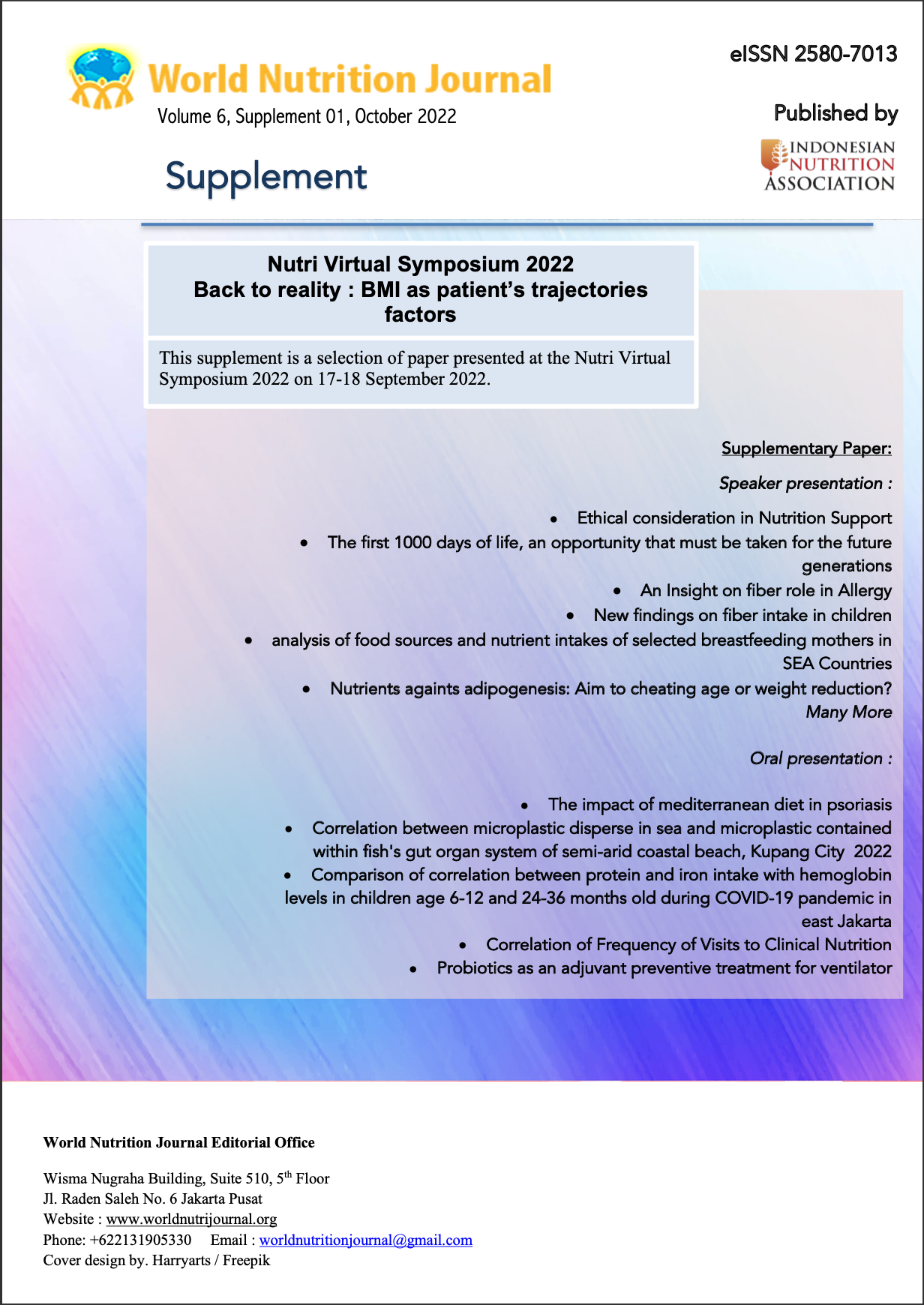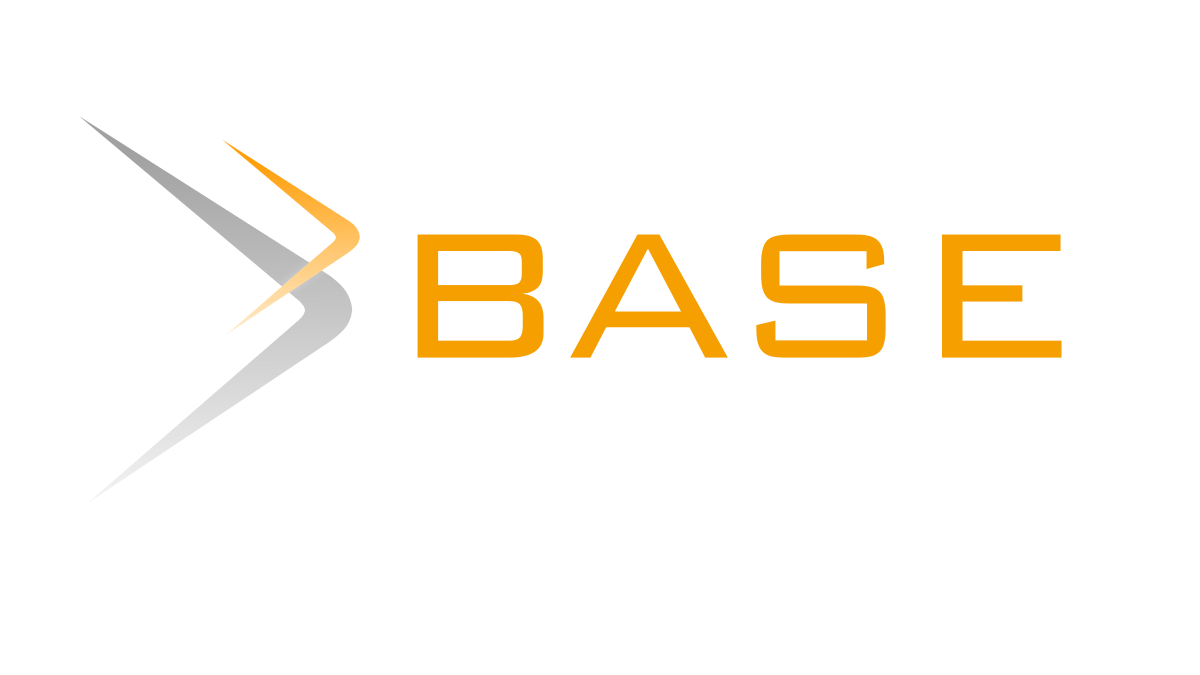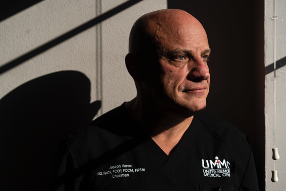Updated Concepts in Perioperative Nutrition
Keywords:
perioperative, nutrition, surgical
Abstract
Despite the awareness of the prevalence of malnutrition in patients scheduled for major GI surgery, and its association with increased morbidity and mortality, as well as increased cost of care, perioperative nutrition is still underutilized as a strategy to improve surgical outcomes. Following the deliberately inflicted trauma of major surgery, a neuroendocrine response stimulates mobilization of energy reserves from the liver that are transiently available for up to 3 days. Beyond this, the body will then turn to whole body protein catabolism for substrates. This loss of lean body mass is potentially harmful and has been observed as a loss of muscle mass in the diaphragm, the psoas muscles, or the thigh. Further, it has been shown that when the magnitude of loss of muscle mass reaches 20%, it is associated with decreased wound healing, increased muscle weakness, and increased risk of infection.Downloads
Download data is not yet available.
References
-
Submitted
2022-10-20
Published
2022-10-31
Section
Articles
Copyright (c) 2022 Jonathan Asprer

This work is licensed under a Creative Commons Attribution 4.0 International License.
World Nutrition Journal provides immediate open access to its content under the Creative Commons Attribution License (CC BY 4.0). This permits unrestricted use, distribution, and reproduction in any medium, provided the original work is properly cited.













